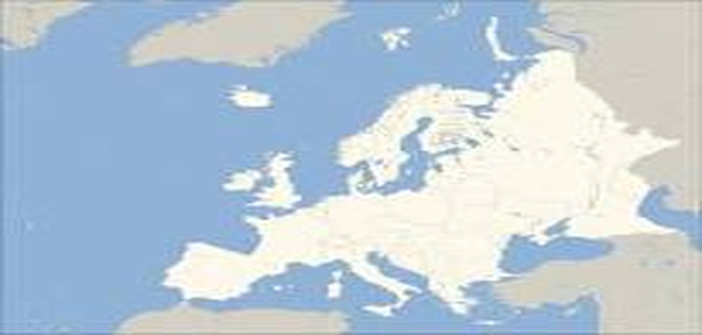Certainly!
Happy is he who, like Ulysses… Here we are back in Nice after a long journey that led us across 17 borders and through 11 countries. At the end of this trip, we can only observe that Europe—despite the migration crisis and the rise of populisms—is a solid reality.
Thus, we stayed in two non-EU countries: Switzerland and Norway (however, members of the Schengen area). Also, three EU countries that are Schengen members but do not use the euro like the previous two: Denmark, Sweden, and Poland. Finally, six EU-Schengen-Euro countries: Italy, Germany, Finland, Estonia, Latvia, and Lithuania.
The observation is clear: at none of the 17 borders were we checked or even slowed in our progress. Only an Estonian employee of the private company Tallink asked for our passport before issuing our tickets for the Helsinki-Tallinn ferry. Only a few Danish soldiers set up a semblance of a checkpoint when we arrived in the country, by ferry again.
Europe has remarkably progressed: when you think that we crossed the border between Lithuania and Poland without stopping, the very one where on August 18, 1992, we were blocked… 20 hours (2 x 10)!
As for currency, the observation is almost the same since in the 5 countries that did not have the euro, we did not exchange local money (except for some Swedish crowns that are still in my wallet). Indeed, in these countries, credit cards are accepted for very small amounts, and quite often the euro. Only a minor disagreement with a Polish restroom attendant, very unhappy with my lack of zlotys, reminded me of Europe’s monetary imperfection.
Moral of the story, even in countries that are not part of the EU, Europe works quite well because its national components do not hesitate to relinquish the two sovereign attributes of the State: the border and the currency. This observation is obviously not displeasing to us.
by Patrick Mottard & Dominique Boy-Mottard


